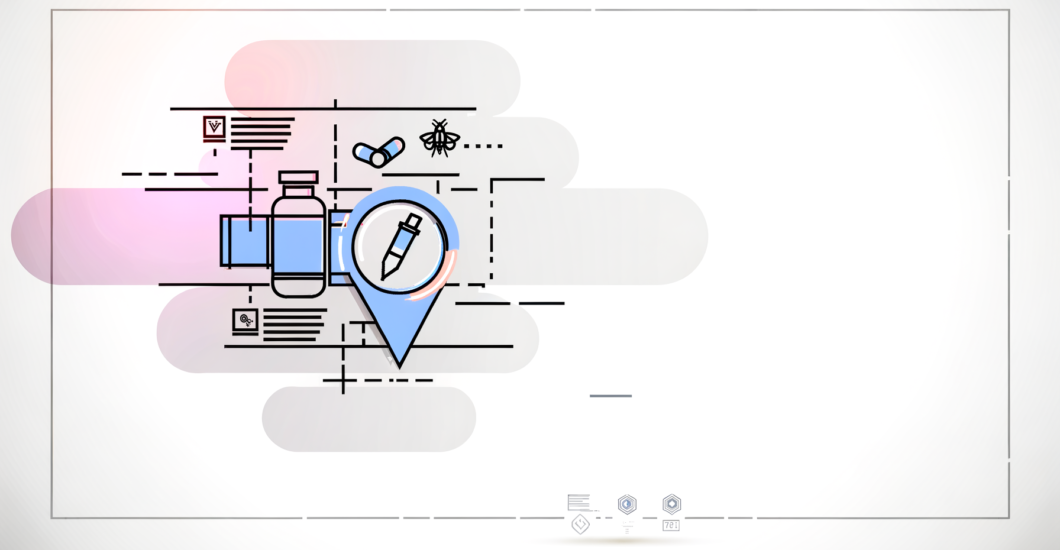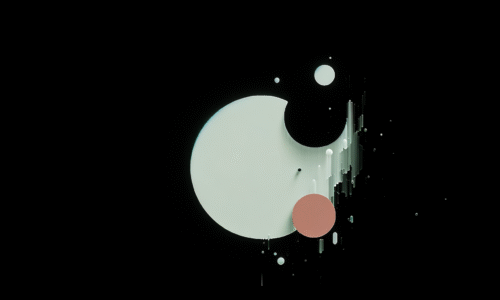Navigating the Future of Visual Inspection in Pharma: MVI vs. AVI
The pharmaceutical industry stands at a critical juncture where precision and efficiency hold the keys to both patient safety and regulatory compliance. As innovations in technology continue to reshape manufacturing processes, visual inspection has taken on a transformative role. With two primary approaches—Manual Visual Inspection (MVI) and Automated Visual Inspection (AVI)—pharmaceutical companies face a pivotal decision in how they ensure product integrity. This article delves into the evolving landscape of visual inspection, comparing MVI and AVI’s strengths and weaknesses while highlighting how these methodologies directly impact the industry’s future. Ready to explore the nuances and implications of MVI vs. AVI? Let’s dive in.
The Rise of Visual Inspection in Pharma
Visual inspection has always been a cornerstone of quality control in the pharmaceutical industry. It ensures that medications are free from defects, contaminants, and packaging errors, ultimately safeguarding public health. Historically, MVI relied heavily on skilled human inspectors to identify faults, relying on their expertise and experience. While this method has been the standard for decades, its limitations—such as variability in human performance and the potential for fatigue—have prompted a shift towards more advanced techniques.
With increasing production rates and the complexity of pharmaceutical products, the necessity for faster, more reliable inspection methods has never been clearer. This demand has paved the way for AVI, leveraging cutting-edge technology to automate the inspection process. As both MVI and AVI continue to evolve, understanding their distinct features and capabilities is essential for stakeholders aiming to optimize operational efficiencies.
Comparing MVI: The Human Element
MVI encompasses a meticulous yet subjective process in which trained professionals visually examine products. The efficacy of MVI largely hinges on the inspector’s experience, making it a highly skilled role in pharmaceutical settings. The benefits of MVI include:
- Expertise: Human inspectors can often distinguish nuances and defects that machines may overlook.
- Flexibility: MVI can be swiftly adapted for different products and packaging types.
- Cost-Effective for Low Volume: For small batches or customized products, MVI can be more economical than installing AVI systems.
However, as production scales and complexity increases, MVI faces challenges. Human error remains a significant risk, while the need for consistent inspection speeds can lead to oversight during extended working periods. As such, while MVI plays an essential role now, industry demands may soon outweigh its capabilities.
AVI: Embracing Technological Advancements
Automated Visual Inspection systems have come to the forefront as a powerful alternative to MVI, capitalizing on advancements in machine learning, artificial intelligence, and imaging technology. Here’s why AVI is becoming increasingly favorable for pharmaceutical manufacturers:
- Speed and Efficiency: AVI systems can inspect thousands of units per minute, drastically reducing overall cycle times.
- Consistency: Unlike MVI, AVI maintains a uniform standard across all inspections, minimizing the risk of human error.
- Data Analytics: AVI systems can collect and analyze vast amounts of data, providing insights that enhance quality control processes.
Nonetheless, implementing AVI isn’t without challenges. High upfront costs and the need for regular maintenance can be a barrier for some organizations. Furthermore, transitioning to a fully automated system requires comprehensive training for existing staff to seamlessly integrate technology into existing processes.
Bridging the Gap: Integrating MVI and AVI
While MVI and AVI have distinct advantages and limitations, the future may lie in their integration. Many leading pharmaceutical companies are exploring hybrid systems that leverage the strengths of both methodologies. By combining the nuanced understanding of human inspectors with the speed and precision of AVI, organizations can create a more robust quality assurance framework.
This dual approach not only enhances product quality but also supports regulatory compliance, particularly in stringent markets. As the industry shifts towards more complex products and personalized medicines, a balanced integration of MVI and AVI will likely prove essential in meeting the evolving demands of both manufacturers and consumers.
Conclusion: A Balanced Future in Visual Inspection
The visual inspection landscape within the pharmaceutical industry is rapidly evolving, with MVI and AVI representing two sides of a crucial coin. While MVI continues to offer valuable insights through human expertise, AVI presents unprecedented efficiency and accuracy that can streamline production lines. As the industry grapples with the increasing need for quality and compliance, the integration of these two methodologies may pave the way for a more balanced and effective approach to visual inspection. Ultimately, the choice between MVI and AVI will hinge on the specific needs and capacities of individual manufacturers, making informed decisions more critical than ever.



